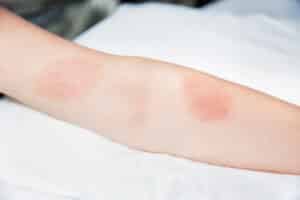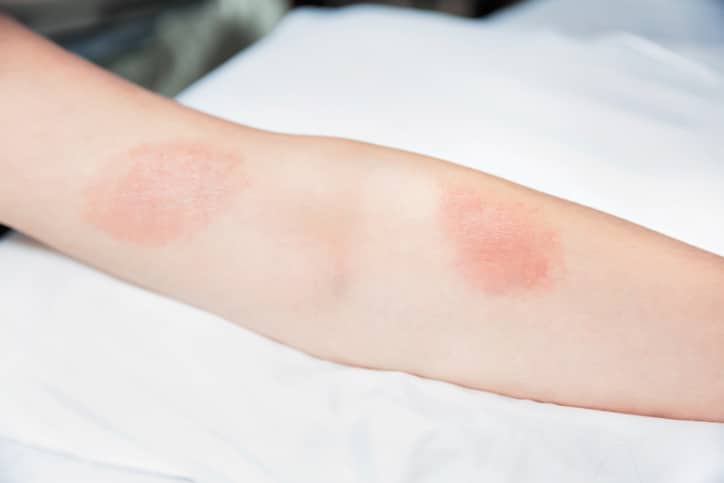
And that means we need to be on the lookout for poison ivy, oak, and sumac.
Of course, if that hike in the woods ended up with an itchy rash, a trip to see us at Musick Dermatology is the best way to calm the itch. Better yet, avoid these plants. Here’s more information about them.
Why do they cause itching?
Poison ivy, poison oak, and poison sumac are plants that contain an irritating, oily sap called urushiol. Urushiol triggers an allergic reaction when it comes into contact with skin, resulting in an itchy rash that can appear within hours of contact or up to a few days later. Contact can be direct, touching the leaves and the sap, or it can be by touching objects — such as gardening tools, camping equipment, even petting a dog who’s been bushwhacking — that have come into contact with the sap of one of the poison plants.
Urushiol is found in all parts of these plants, including the leaves, stems, roots, and is even present after the plant has died. If these plants are burned, urushiol can even be inhaled (that can create a very serious allergic reaction in the nasal passages, throat, and lungs). They’re like super plants in a bad way!
What is the rash?
The rash you get from poison ivy and the others is a form of allergic contact dermatitis. Our skin isn’t automatically conditioned to react to urushiol. Sensitivity builds up after the skin is exposed to the stuff. The first time a person is exposed to urushiol, the skin alerts the immune system of the presence of the irritating chemical. There may be no reaction that first time, but subsequent exposure can then cause the allergic reaction.
It’s estimated that three out of four people are sensitive to urushiol in these plants. The degree of reaction varies between people. But these are the typical phases:
- The skin becomes red and itchy.
- A rash erupts on the skin, often in a pattern of streaks or patches from where the plant has come into contact with the skin.
- The rash develops into red bumps, called papules, or large, oozing blisters.
Treating poison ivy and the others
Dr. Musick treats patients’ allergic reactions to these plants with an oral antihistamine, over the counter or prescription cortisone creams, and, in some severe cases, he may prescribe an oral steroid such as prednisone or a shot called Kenalog.
If you were out in the woods and now you have an itchy rash that is getting ugly, call Dr. Musick at (618) 628-2588 and let’s take a look.

